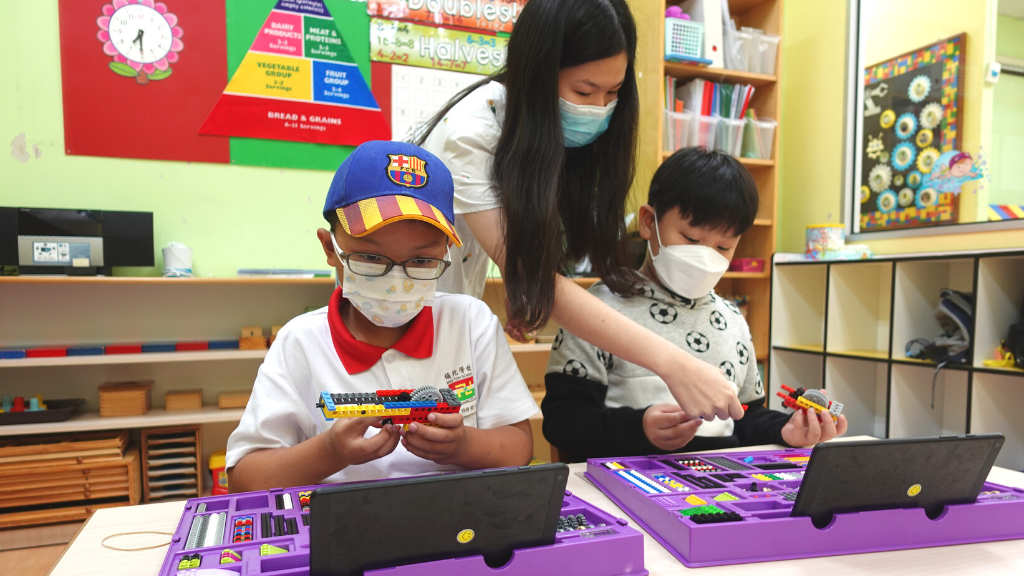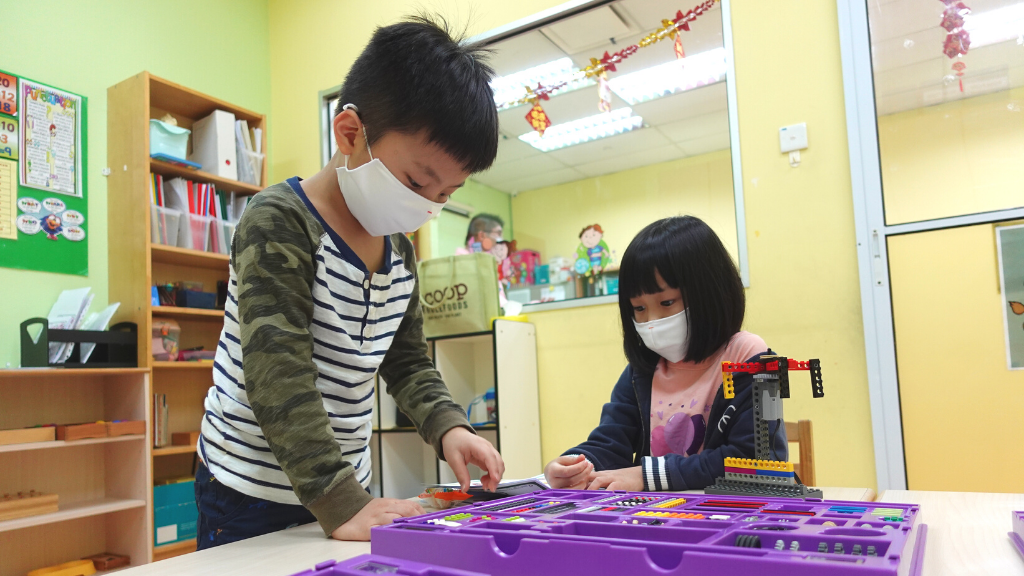Did you know that observational learning can affect behaviour? This can be seen in the Bobo doll experiment conducted by a psychologist well known for his research on learning through observation, Albert Bandura.
In his experiment, he had a group of children watch a film where an adult repeatedly hit an inflatable balloon doll and then played with the same doll later on. When the children saw that the adult received no consequences upon hitting the doll, they were more likely to imitate the adult’s actions. However, for another group of children, they were shown that the adult was punished for hitting the doll. In the latter scenario, children were less likely to imitate the adult’s aggressive behaviour.
Another example of learning through observation is when you make faces in front of your child and see them try to mimic your movements. Considering both examples given, you can see that children do learn from observing.
What is observational learning?
Observational learning is the process of learning through watching and mimicking others. A lot of studies have been done to study the effectiveness of observational learning through direct experience, reinforcement, or even punishment. An example would be the Bobo doll experiment mentioned above.
Observational learning is also known as modelling and shaping, and it usually happens during childhood. This is because, at such a young age, children learn to socialise, behave and respond to others by replicating how their parents or other people interact with one another. Through this method called modelling or observational learning, children can learn what is right and wrong, learn new skills, and learn how to avoid consequences. And for parents, it is a great way for them to model good behaviour.
When it comes to learning and studying in school, modelling and demonstrating are great methods for teachers to engage with their students and teach them new materials. An example would be reading aloud in a classroom to teach the children how to read and how to pronounce certain words. But there is more than just one way to model. Let’s find out the different types of modelling in observational learning.
Different types of modelling in observational learning
1) Disposition
Disposition modelling is when teachers and students convey personal values or ways of thinking. It is perfect for facilitating the development of character and building empathy. Disposition modelling works when teachers model certain characteristics by setting high expectations. However, teachers must be careful to not discard different values and to always be inclusive.
2) Task and performance
In task and performance modelling, teachers will demonstrate a task and students are expected to execute the task on their own. This is a great method of teaching students how to do certain things and it can be applied to almost any classroom activity. Students will first observe the teacher, and from there, they will know what is expected of them.
3) Metacognitive
Metacognitive modelling shows how to think in classes that require focus, interpretations, analysis, and making conclusions. A great example of this is when a mathematics teacher talks through their thought process as they show how to solve a mathematical problem. By doing this, students can understand in great detail why the teacher solves the problem a certain way, instead of just memorising the mathematical formula.
4) As a scaffolding technique
Scaffolding is a method of teaching that ensures the students have a proper understanding of the subject matter before letting them work on their own. The scaffolding technique requires the teacher to model the concept, help the students to understand the concept, and finally let the students do it on their own. When using this technique, teachers must consider students’ abilities and model the task multiple times when needed.
5) Student-centred
In a student-centred modelling method, teachers can ask students to model expected behaviour to other students. For example, if a teacher recognises a student’s ability to master specific concepts, the teacher can have the student model those concepts to their peers. This method makes it more comfortable for the students to learn from people their age.
Modelling is a great method to teach students new knowledge and skills. And there are multiple modelling techniques that teachers and parents can use to ensure subject matters are being transferred in the best way possible. At Young Engineers Singapore, we combine hands-on and effective modelling and observation learning to help our children develop a better understanding of their learning materials. For more information about our enrichment programmes, get in touch with us now or email us at admin@youngengineers.sg.


